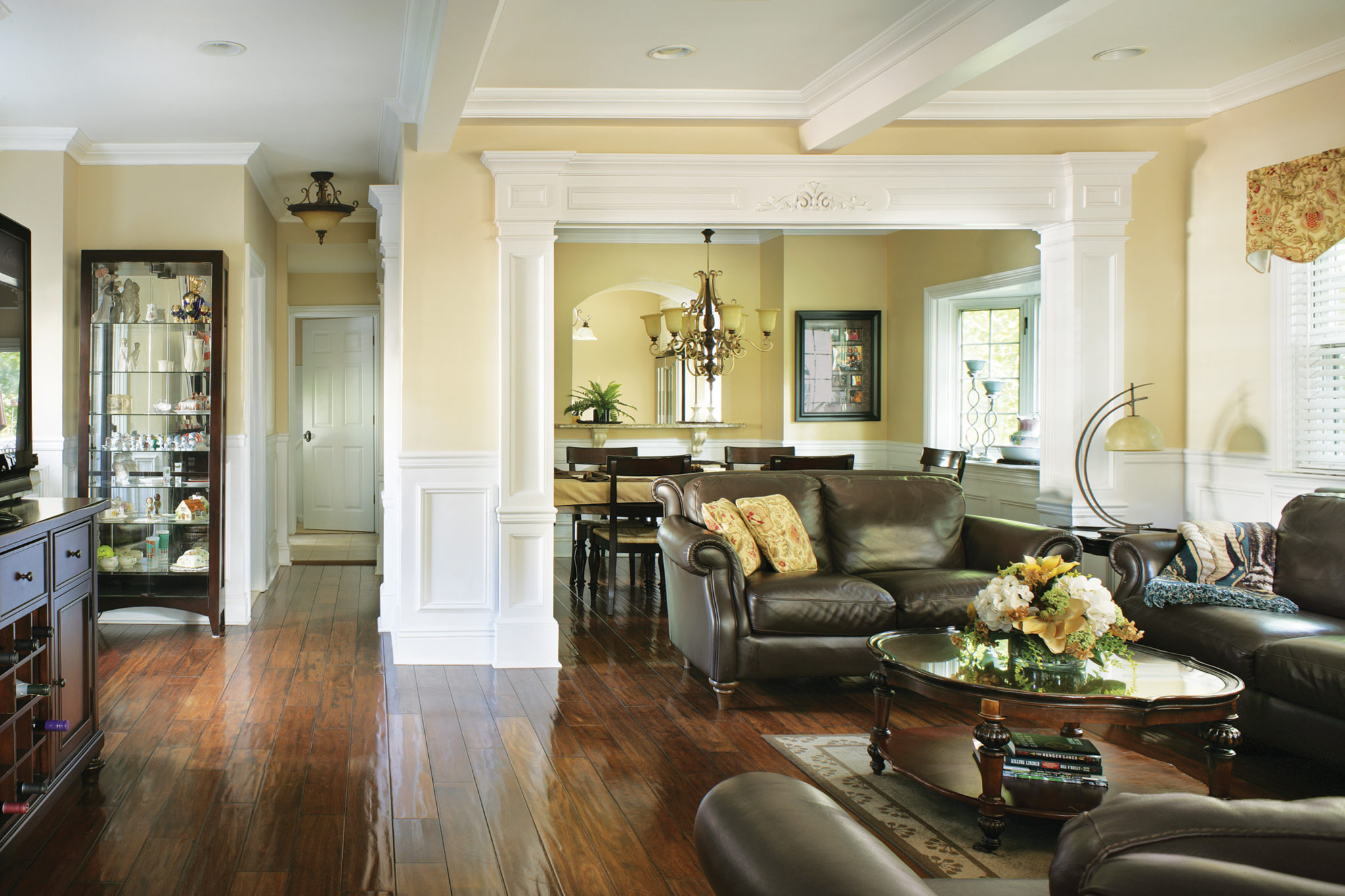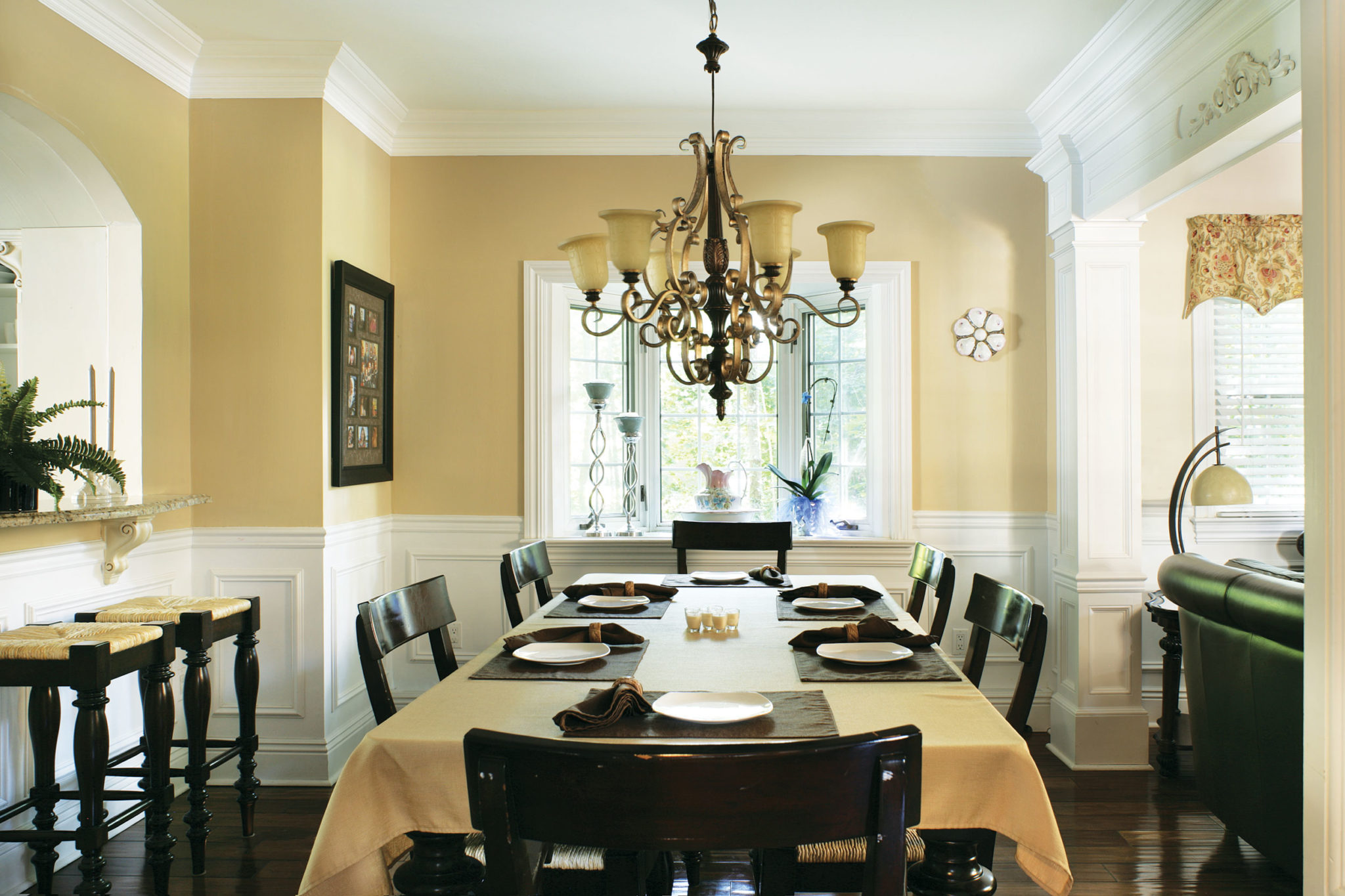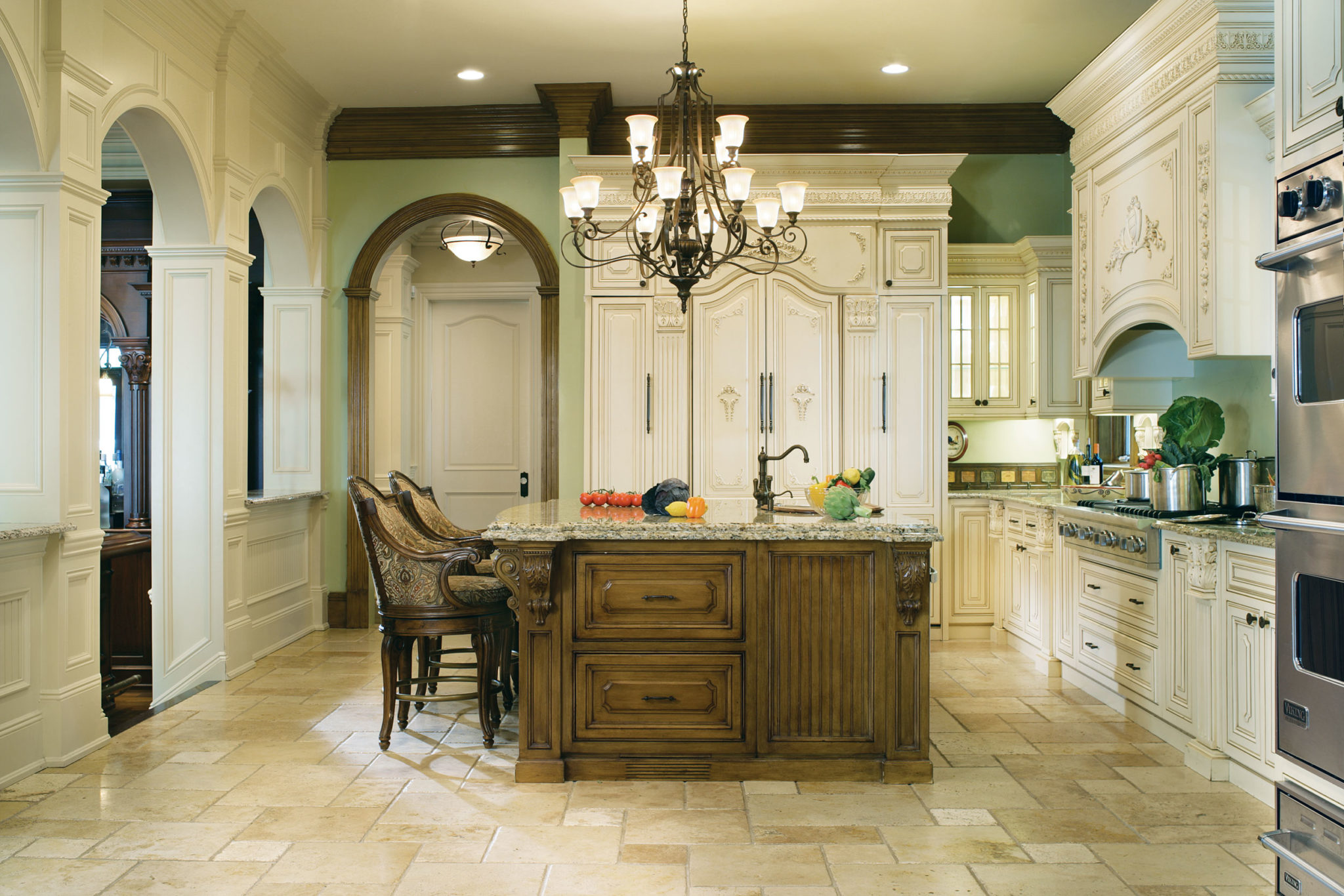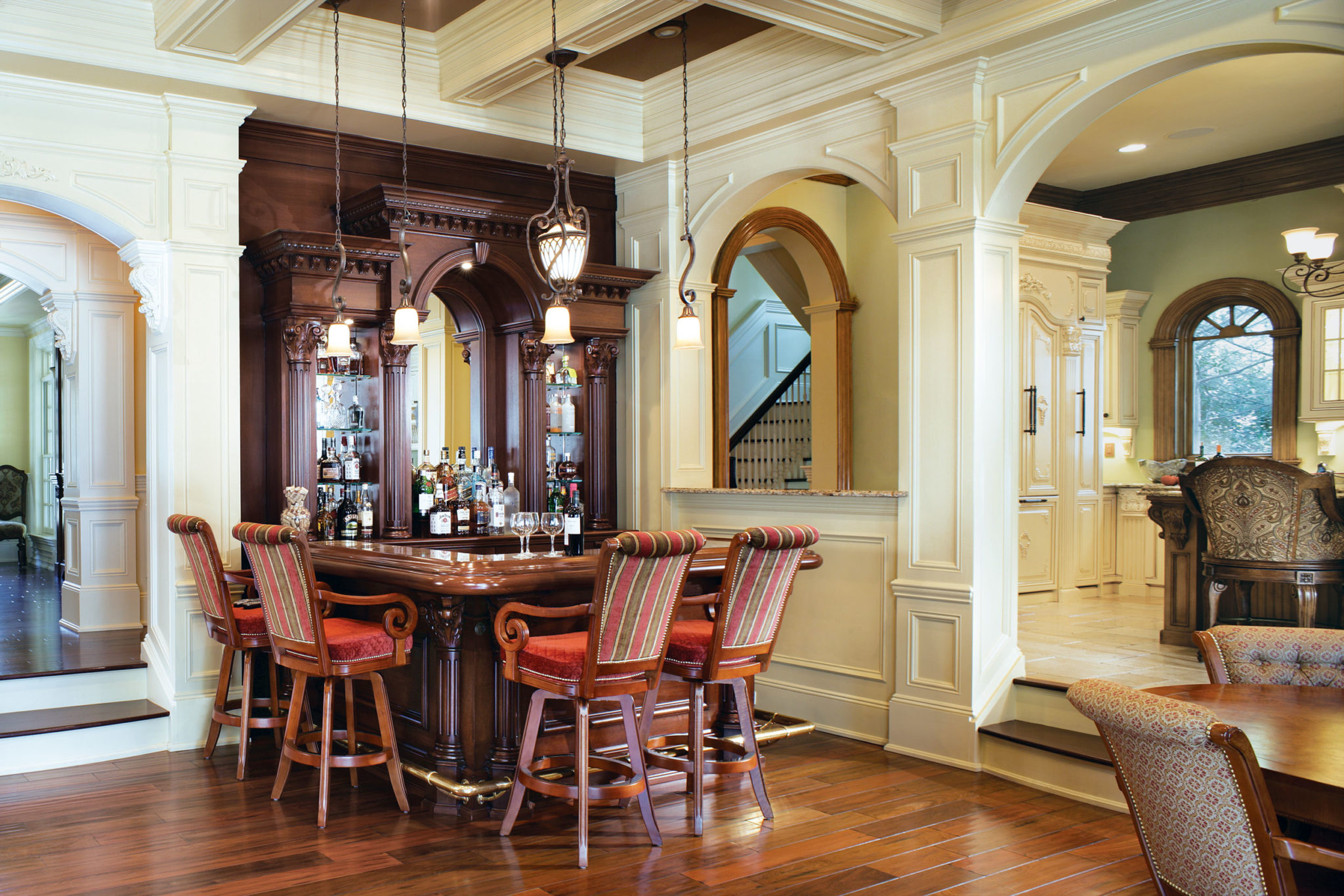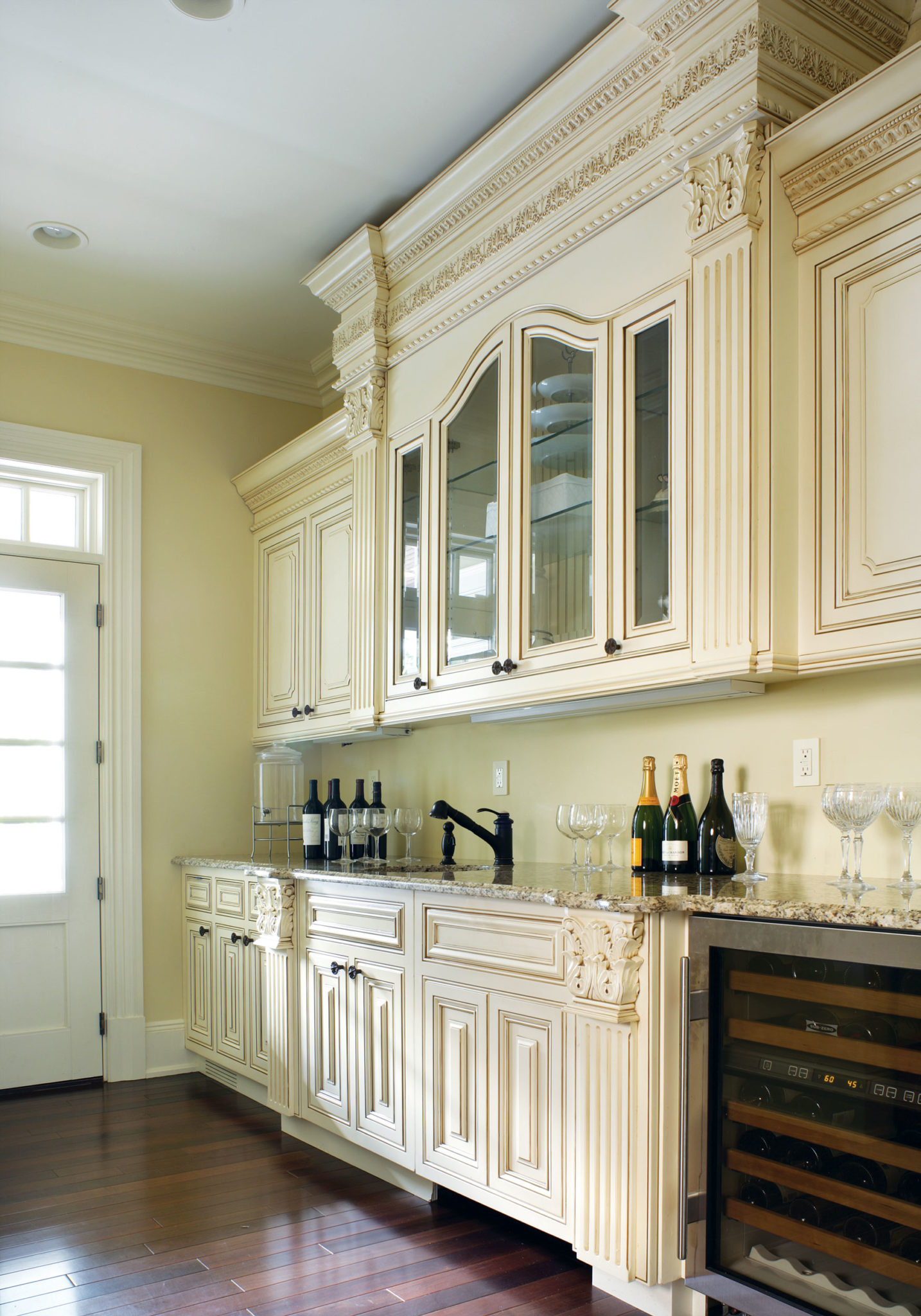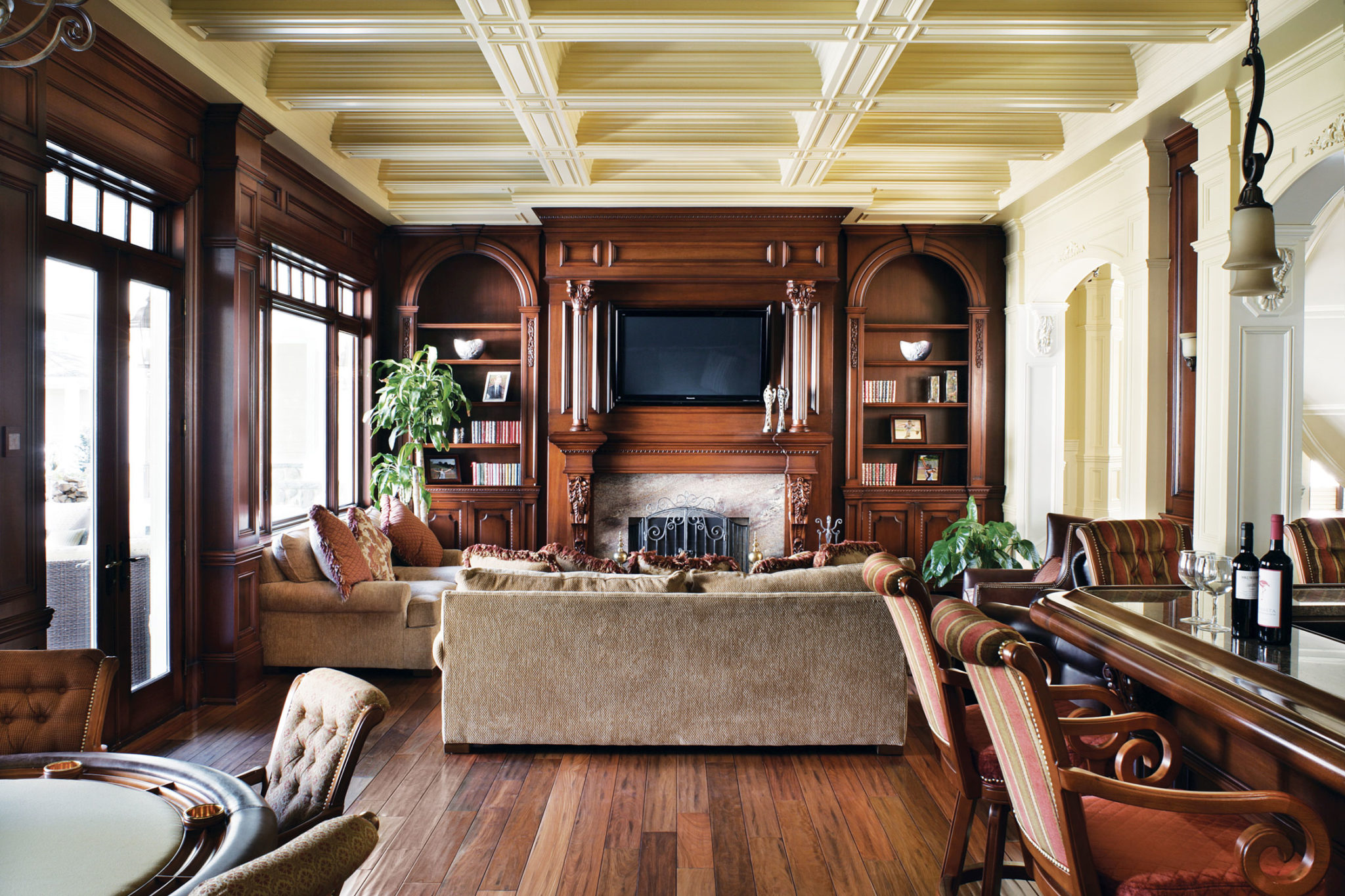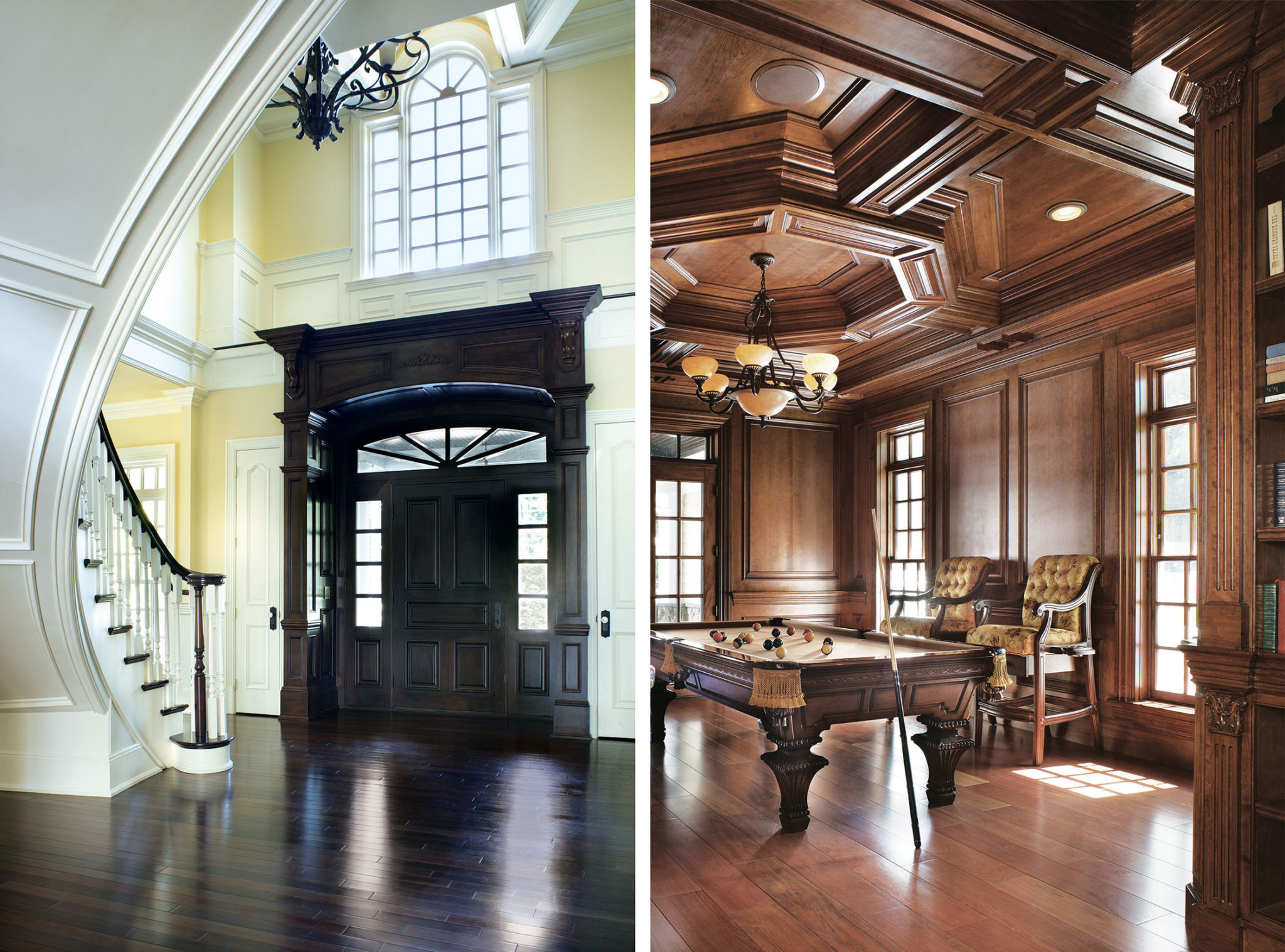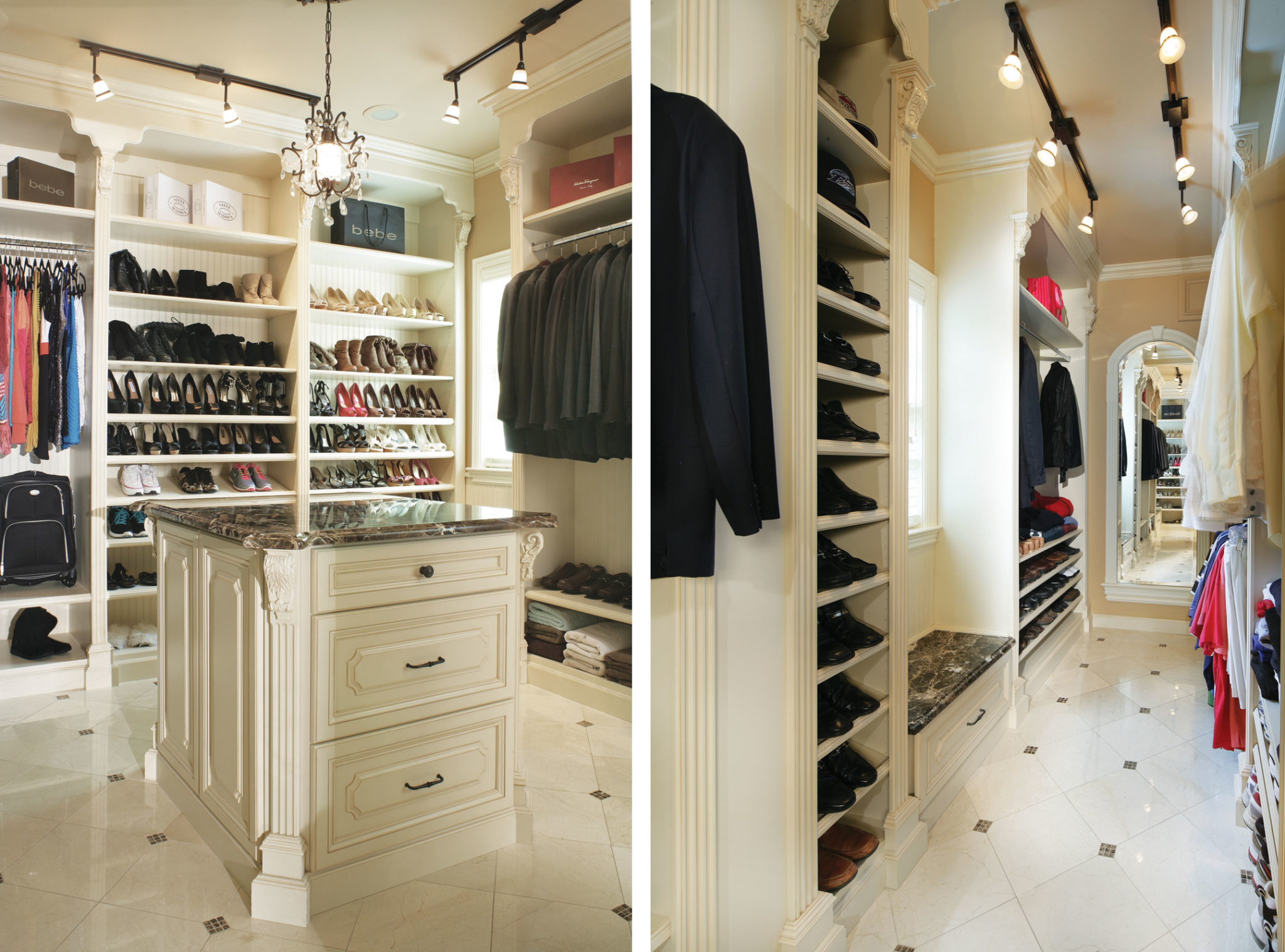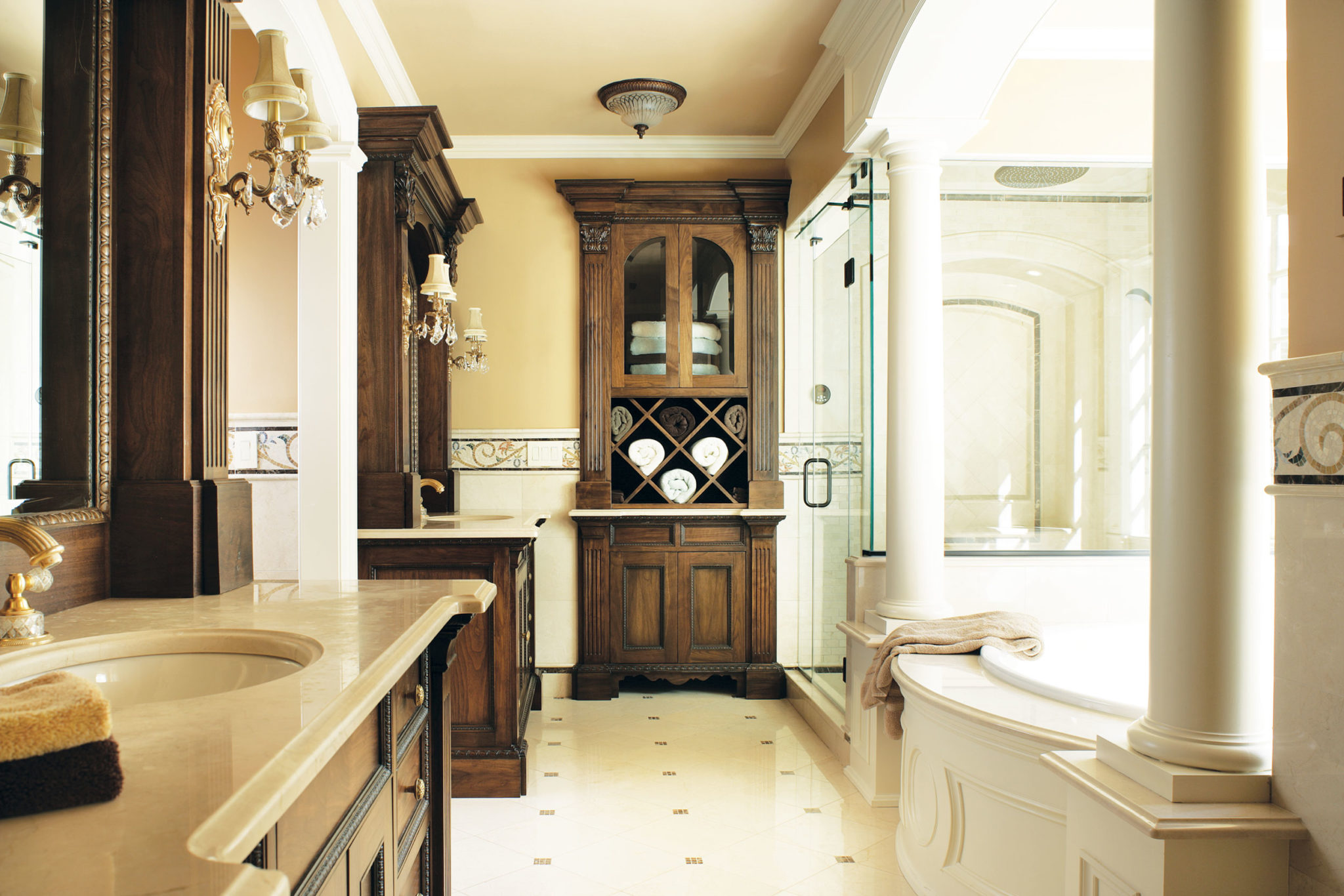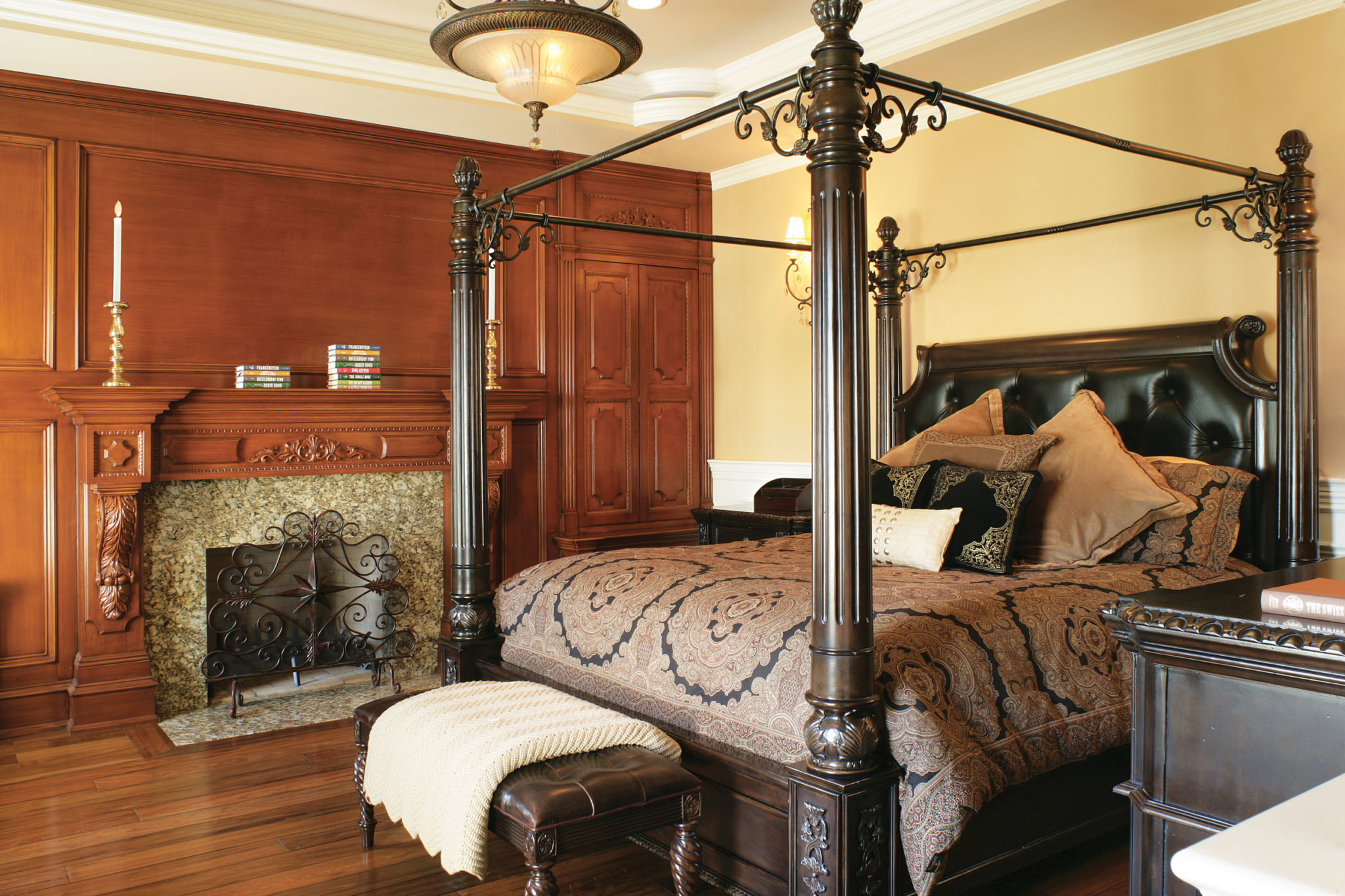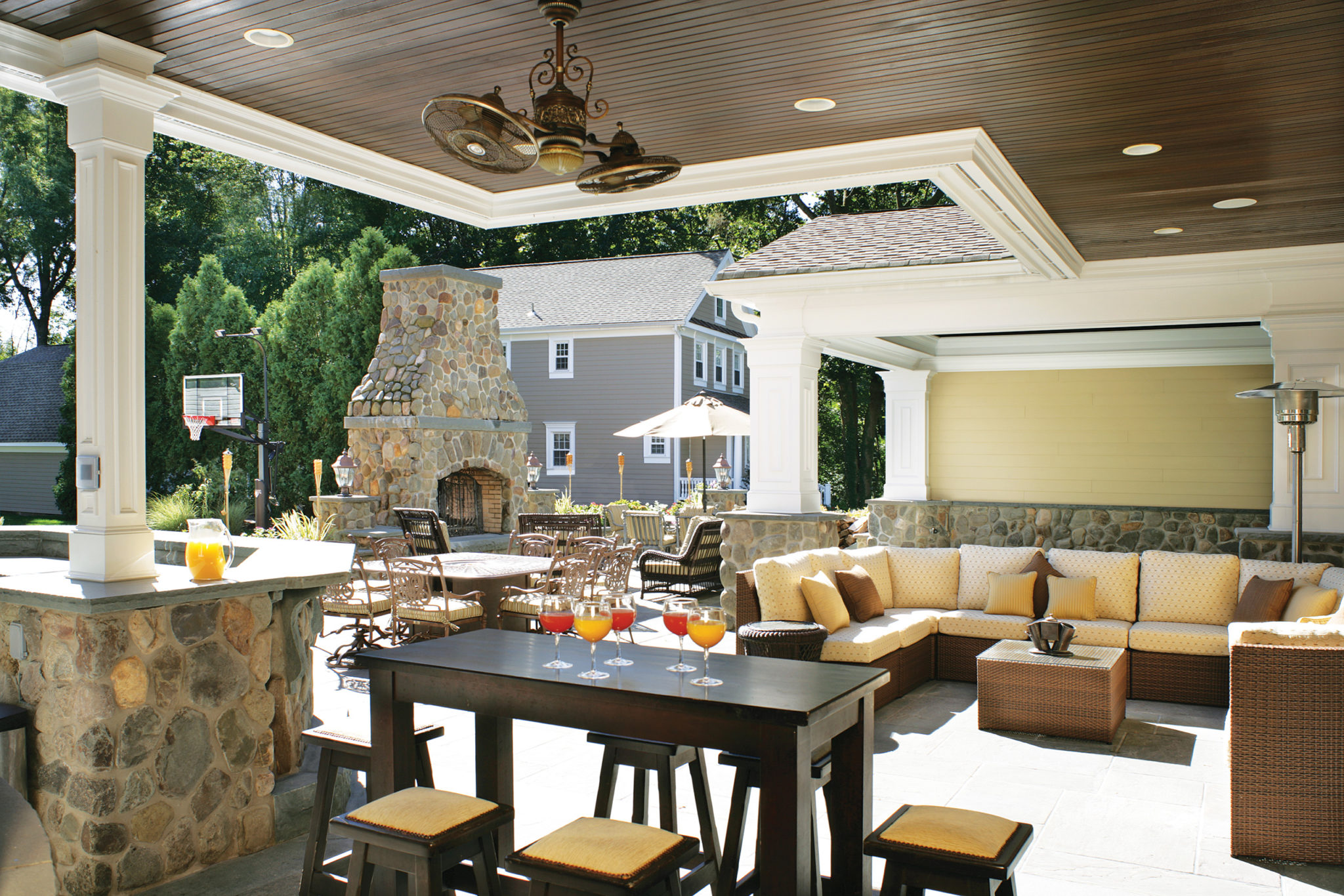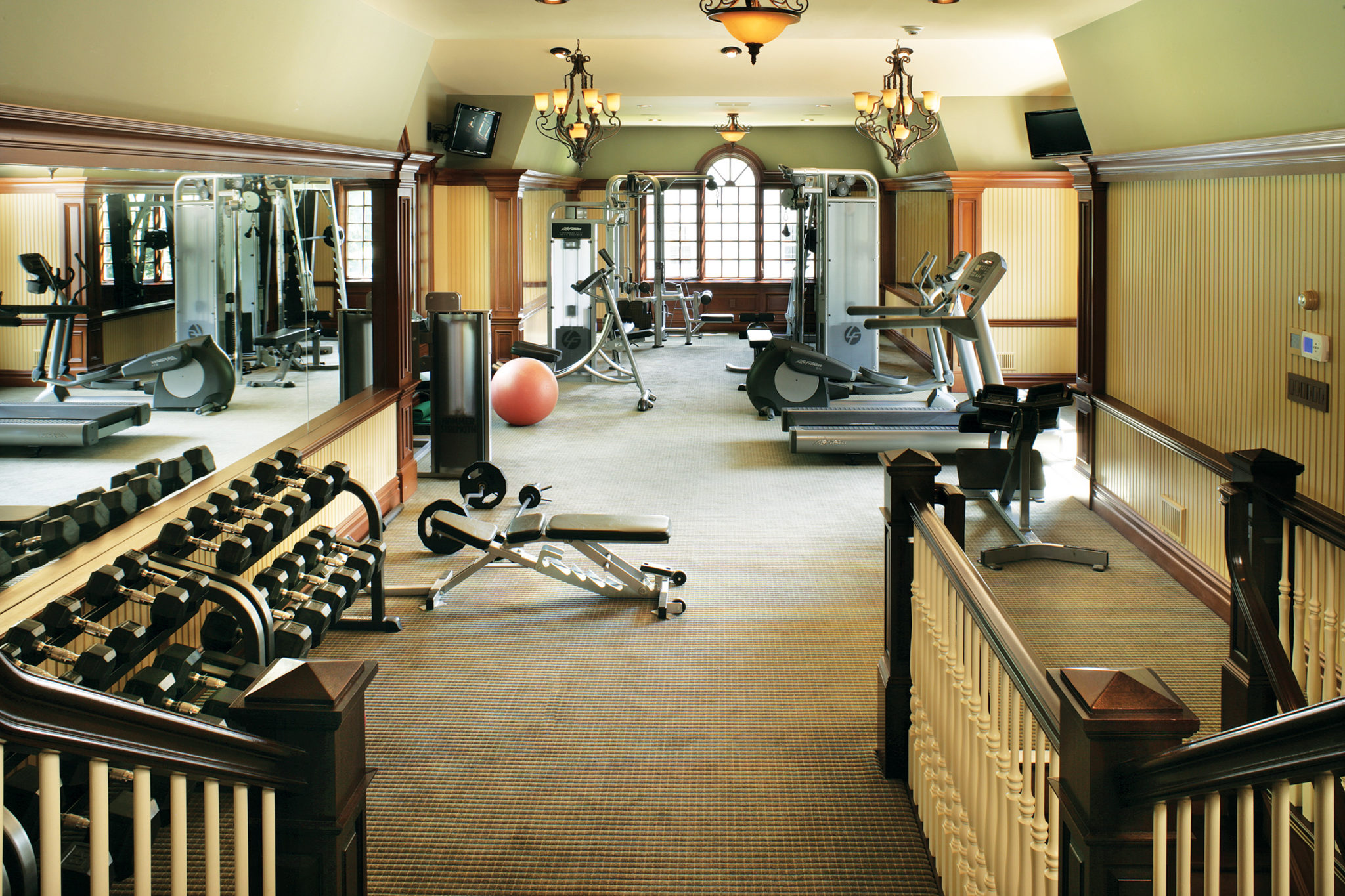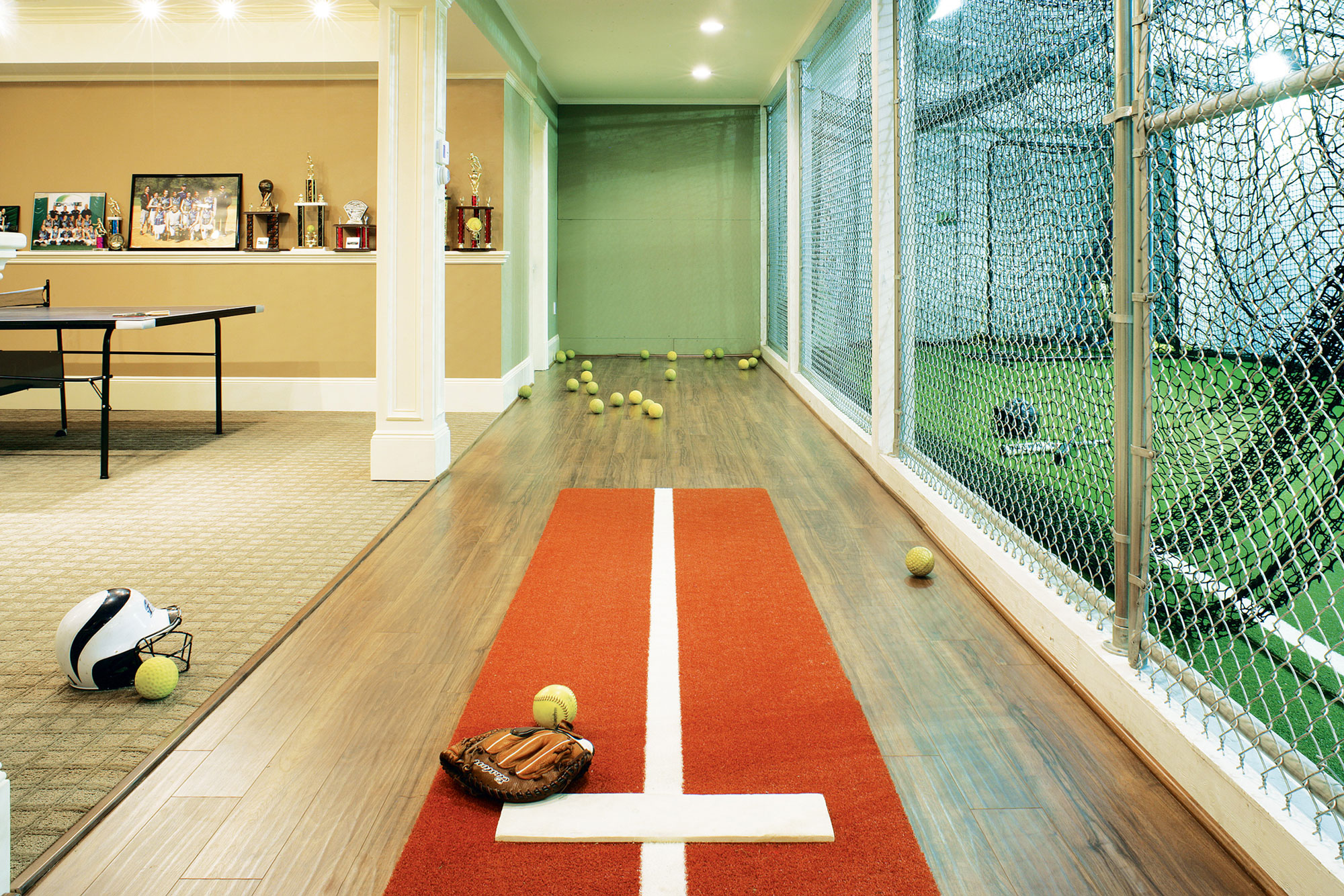A Fire Turns into a Blessing for this Full House
| Photographer Peter Rymwid | Architect Jim O'Brien, AIA, LEED AP | Location Ridgewood, NJ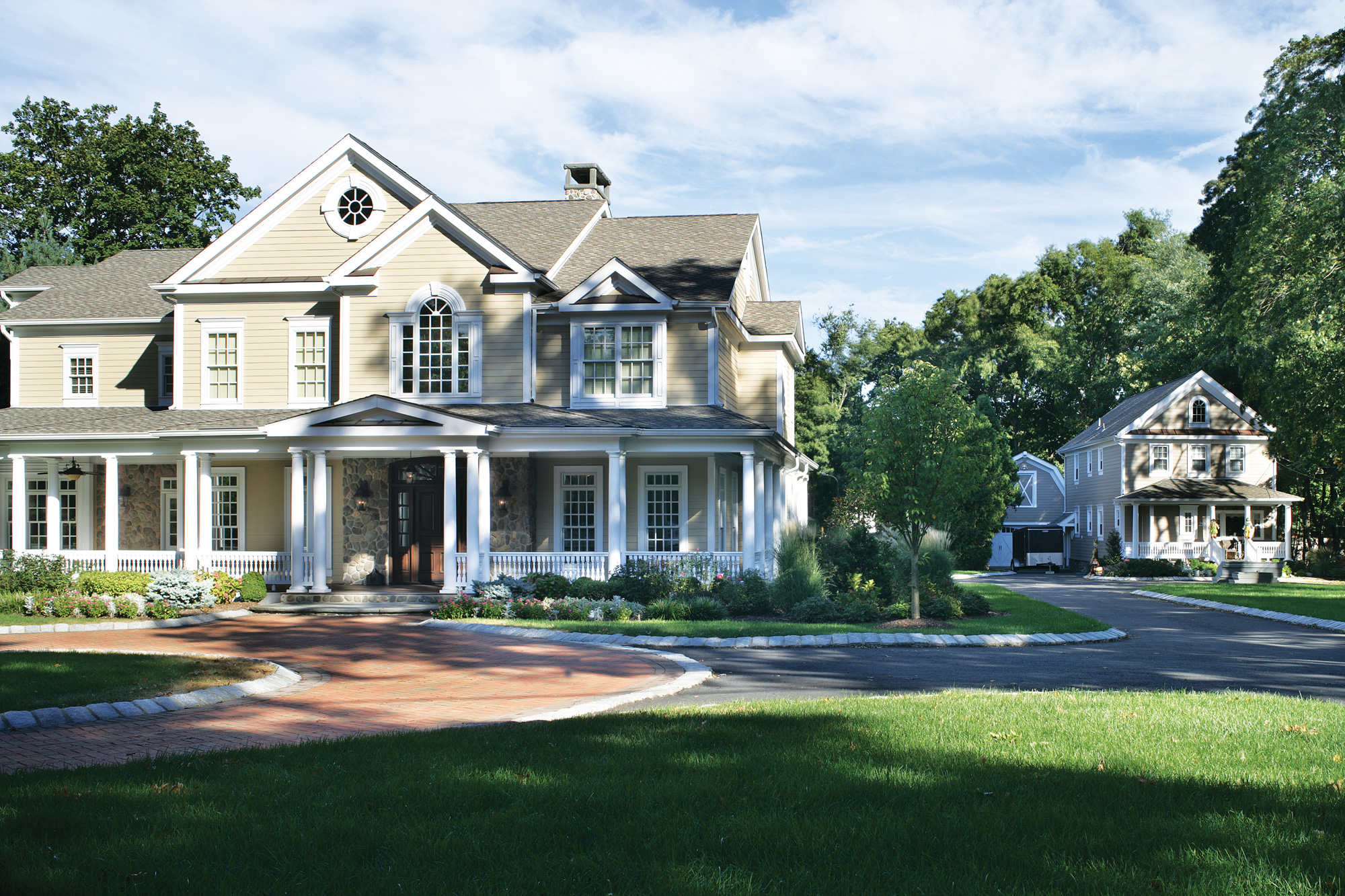
The new home stands in stark contrast to the original one. The original 1840s-1860s home had been added on to over the years.
Historic architecture and several generations come together in a Ridgewood, NJ, “family compound”
A Bergen County, New Jersey, resident with a love of family and a feel for historic architecture embarked on a three-year project to develop a modern-day family compound for his wife and four children, his parents and grandmother and — given the size of his home — allow for regular gatherings that include his extended family.
The project began with a single historic home in Ridgewood, New Jersey and grew to include the renovation of a second, smaller house next door. The design was by Jim O’Brien, a member of the American Society of Interior Designers, Industry Partner of the American Society of Interior Designers, LEED AP, and owner of Jim O’Brien Architecture & Interiors with offices in Morristown, New Jersey, New York City and Santa Monica, California.
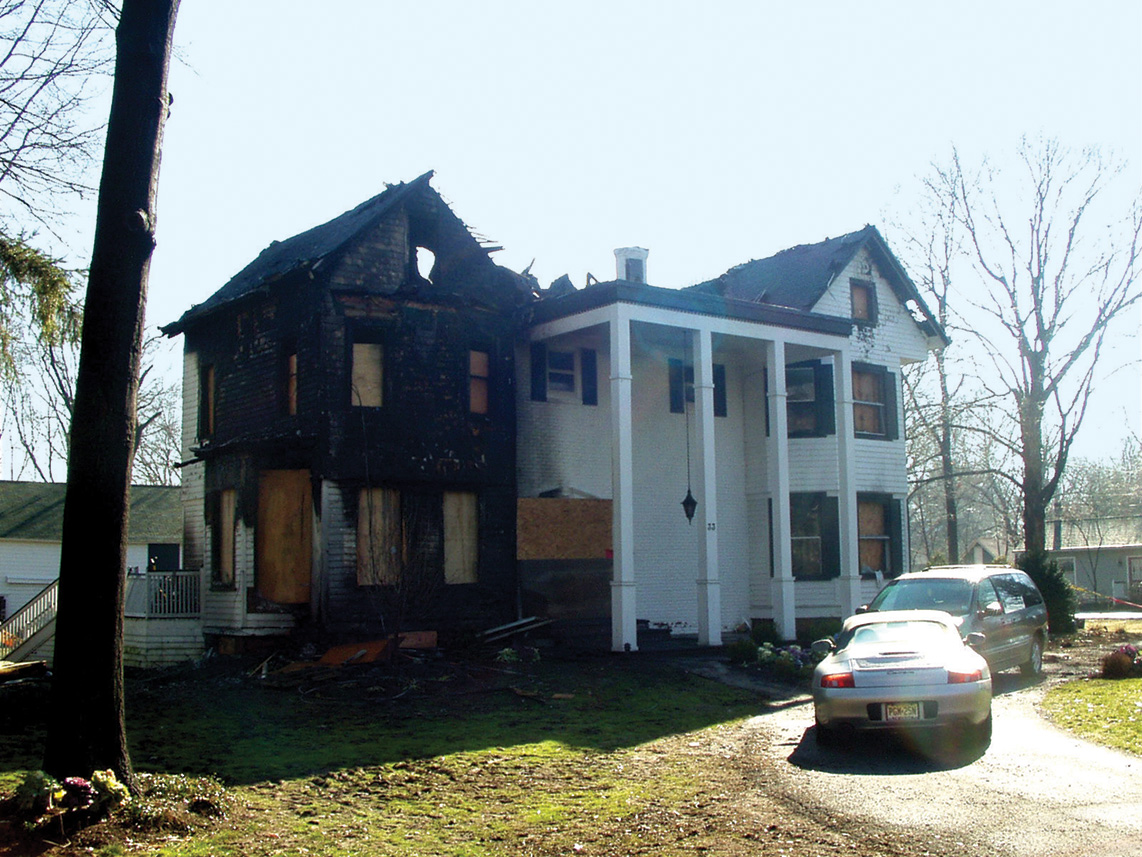
This photo shows the fire damage that led to the decision to tear it down and rebuild in the American Farmhouse style.
O’Brien and the homeowner had been working on designs to expand the existing house, built in the 1860s-1880s, when a fire, suspected to be electrical in origin, caused substantial damage while the family was out. That changed everything. At first glance a disaster, the fire turned into a blessing, enabling the architect and the homeowner to start with a clean slate. The project would include construction of a new house — to combine the most up-to-date systems and amenities with a fresh rendering of a historic style — and a renovation of the smaller home.
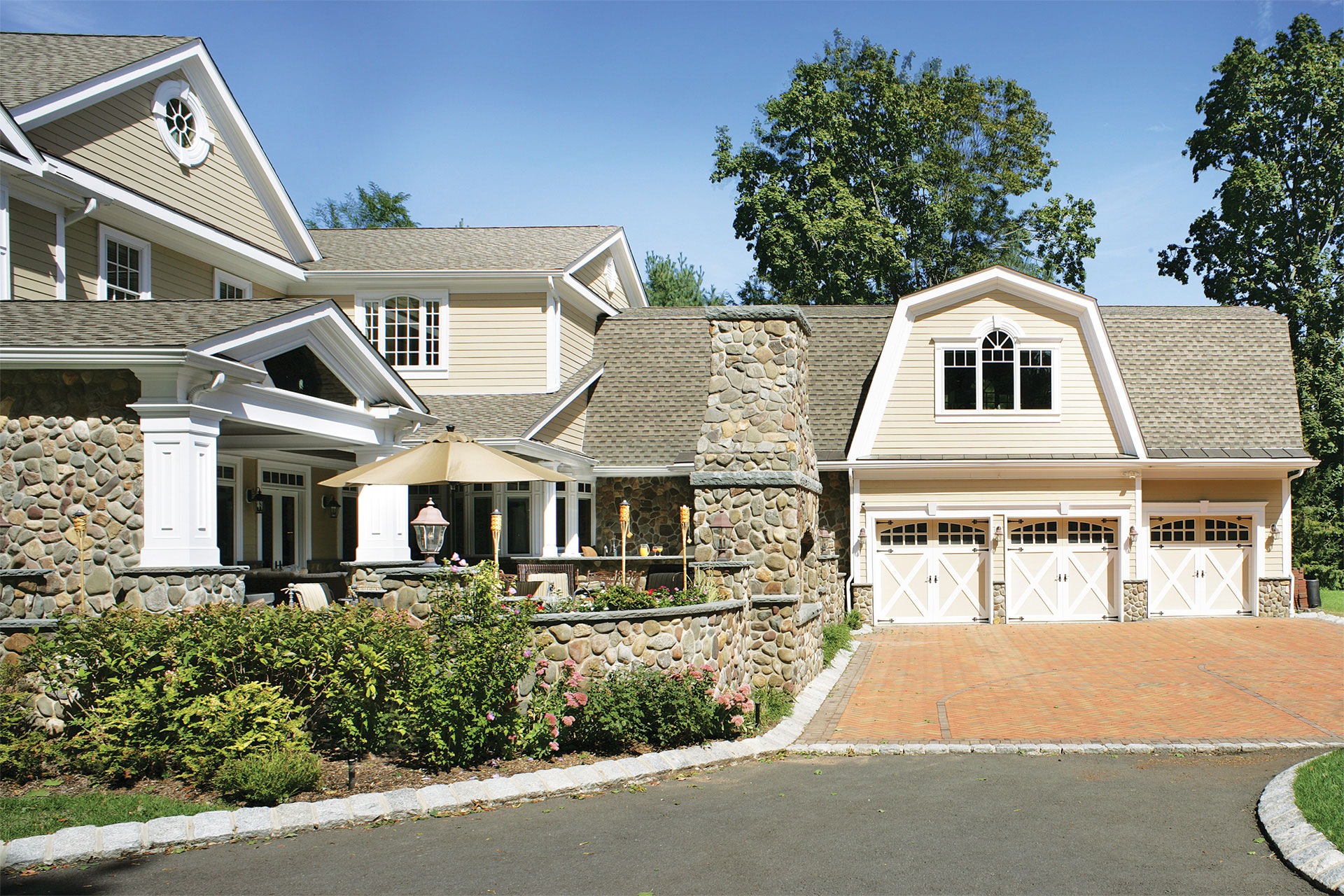
An attached three-car garage is modeled after a gambrel-roofed barn. In fact, it sits in front of a newly relocated barn. At left is a stone wall that wraps a patio raised above the driveway for safety and aesthetic reasons.
The design for the home was a tricky business at the start. The owner says the original structure, which had undergone several renovations, was a “mishmash of different people’s ideas.” O’Brien says, “We initially designed an elaborate Victorian,” but the town’s historical commission said that wasn’t right for this part of town. O’Brien’s move to an American Farmhouse style won the commission’s unanimous support.
The adjacent structure, meanwhile, was already what O’Brien calls “a classic, small-gable farmhouse circa 1900.” The homeowner purchased the main house with the idea of having his mother and father move in with his family. But a year later, the small house next door came up for sale; he acquired it for his parents so they would have their privacy.
With that development, O’Brien also undertook a major renovation and exterior redesign of the parents’ home. The two houses are on adjacent but separate lots and have a shared driveway so it was a better fit for the residents to be relatives, he says.
Community and family are part of the homeowner’s deeply held values, and his new home—along with the adjacent home for his parents—are the concrete expressions of those beliefs.
“We have a close-knit family,” the homeowner says, adding that he grew up in a two-bedroom house in Nutley owned by his grandparents. His current home, he adds wryly, has “a little bit of a bigger scale.”
“I lived with my grandparents and parents all my life,” he says. “If you grow up with a family that values time spent together, it’s difficult when everyone goes their own way. We wanted to make sure that my parents could be part of my kids’ lives—the same upbringing I had as a kid.”
The original main house totaled about 3,100 square feet and had four bedrooms; the new one totals 9,200 square feet and has five bedrooms. The parents’ house remained 2,300 square feet with three bedrooms. O’Brien visually tied together the exteriors of both homes with stonework around the front entry, a river stone base with a bluestone cap and the same painted cement siding.
He changed the roof of the parents’ home from “an unsightly hip” style to a farmhouse gable with copper roofing and a raised ridge to improve the massing of the structure, especially when viewed as a companion to the main house. The gable echoes the gables on the main house, and a circular window in the gable of the smaller home matches one in the gable of the larger one.
Yet another structure on the property — a two-story barn with a hayloft — had been used for horses, then cars and then, in the 1990s, was finished out as a party room. O’Brien had the decayed stone foundation removed and relocated the building from behind the house that burned to a spot behind a three-bay garage attached to the new main home. He then devised a plan to renovate that building and add a new swimming pool as a recreation destination.
Despite the setback posed by the fire, the homeowner couldn’t be happier with the final result.
“In the end,” he says, “it’s one of the best things that ever happened because of the new systems and amenities we could have with the new home.”

